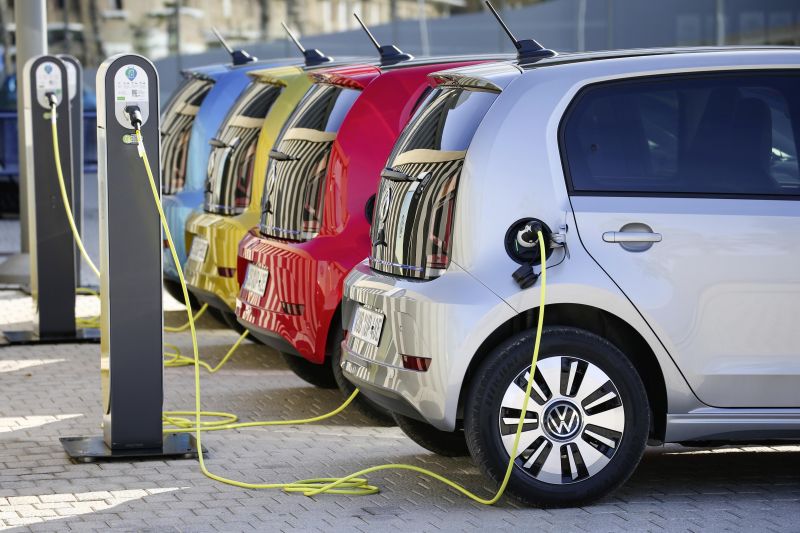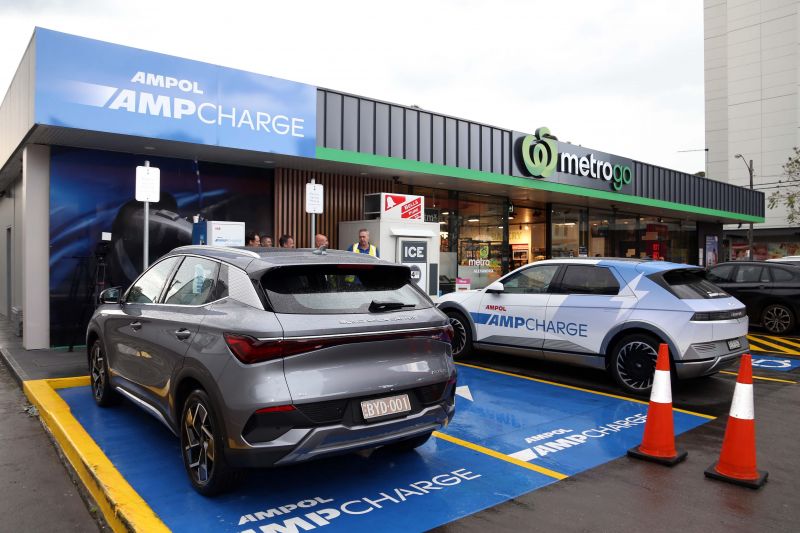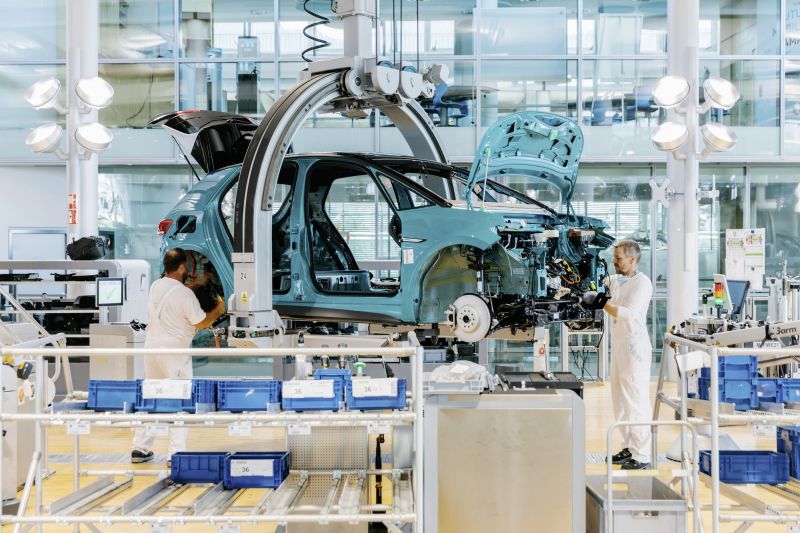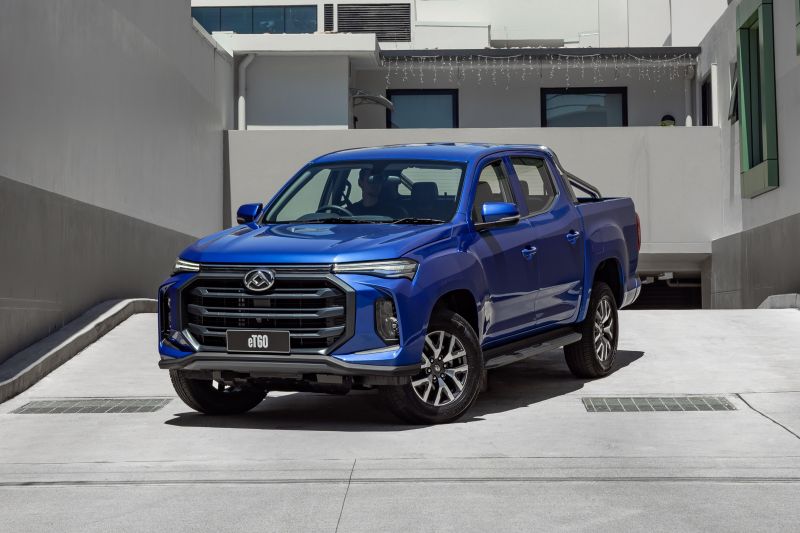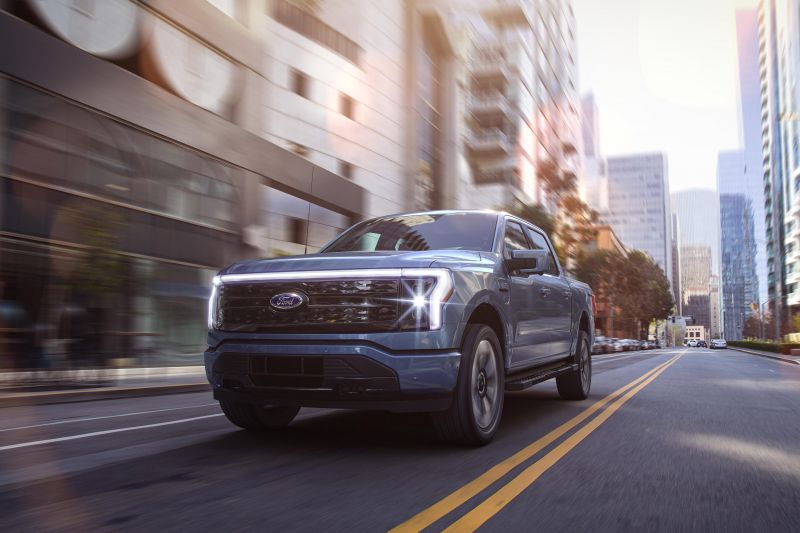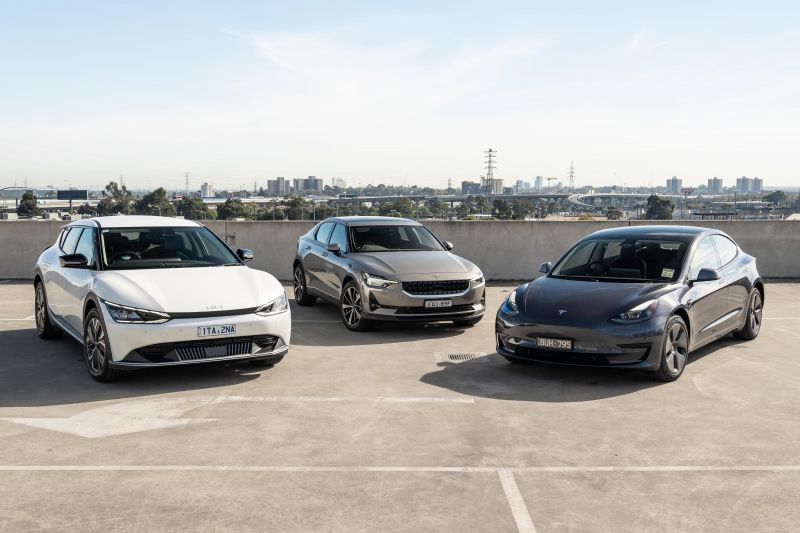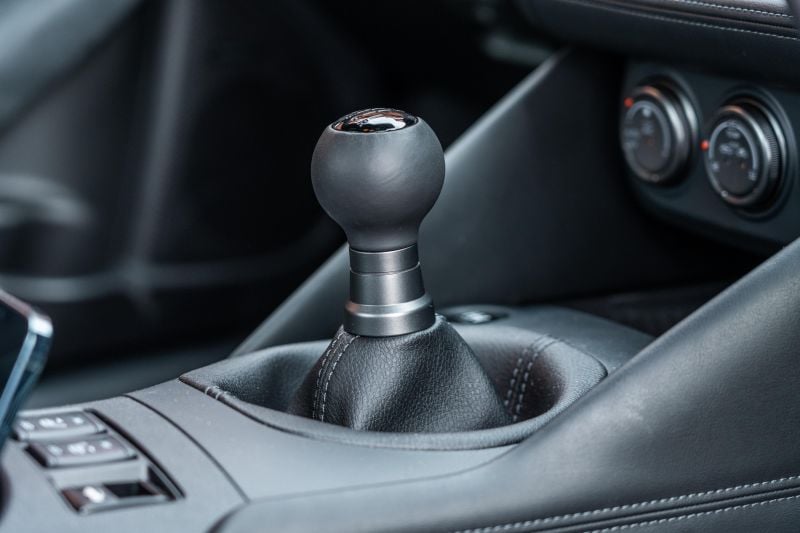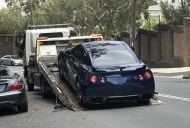The last two years were basically written off by a certain virus, so 2022 should have been the time of our lives, right?
Well, lingering effects of the pandemic have strained the automotive industry this year, be it delays, rising costs and in turn prices, stock shortages – you name it.
Here, the CarExpert team shares their biggest disappointments from this year. Do you agree?
Alborz Fallah
The biggest disappointment this year, an election year, was the refusal of either major party to make a move on abolishing luxury car tax (LCT) or our antiquated and unnecessary ADR rules.
These make cars expensive and unjustifiably difficult with the likes of ANCAP trying to justify their existence when it serves no real purpose to Australians.
This is an area which CarExpert will seek to bring more light to in 2023, in the hope of inspiring change.
Paul Maric
Affordable EVs are still not a thing
We’re constantly being promised price parity, but in Australia at least, EV affordability isn’t existent.
There are plenty of expensive or high-end EVs, but barely anything that’ll take the lion’s share of SUV or dual-cab ute sales at the lower end of the market.
If EVs are ever going to take off in a big way, battery prices need to come down (they’re more expensive this year than they were last year) and there needs to be a greater variety of affordable products for families to buy, coupled with functioning infrastructure.
Anthony Crawford
There are more than a few, like the new Nissan Z.
Sadly, it just doesn’t deliver the same magic vibe my original 240Z gave me every time I laid eyes on it, let alone got behind the wheel. It’s not a complete disaster, mind, but there’s something missing here with the latest formula.
But the biggest disappointment for me over 2022 is still the lack of functioning EV charging infrastructure across Sydney (if not the entire country), particularly in my own Northern Beaches ‘hood.
For example, there’s still no rapid or even fast charger anywhere near the peninsula, so I found myself shopping at the East Village Shopping Centre in Zetland (20km away) where there are two rapid chargers (there’s always one working) and a fast charger, and generally there’s only a 10-15 minute wait to plug in, if at all.
For EV owners who live in a free-standing dwelling with garage, carport or even driveway, it’s no biggie, because you’ll just plug it in regularly, if not, each night. But for those EV owners who reside in unit blocks, charging your EV can be far more challenging with Body Corporates slow to react to shift from combustion engine cars to PHEVs and BEVs.
They’ll need to get on the front foot here, as there are close to 30 or more new EVs already confirmed for 2023, while another 20 dropped in 2022, and that doesn’t include plug-in hybrids – there are plenty of those on the way, too.
Scott Collie
Delays on delays, with a side of dealer markups
This isn’t really anybody’s fault, but the fact hotly-anticipated cars keep getting pushed back for Australia is getting very tiring.
From the Toyota bZ4X SUV to the Mazda CX-60, with even the Lotus Emira thrown in for good measure, it seems like the goalposts are still constantly shifting in front of frustrated punters.
From the chip crisis to war in Ukraine, there are plenty of reasons why – but ultimately, Australian car buyers are the losers.
Mike Costello
Perhaps there’s a bit of recency bias here, but I was really disappointed at LDV’s importer Ateco over the price of Australia’s first electric ute, the eT60, which feels more than a bit opportunistic.
Here we have a Chinese brand, best known for cheap workhorses, stealing a march on the wider market and offering the first EV ute in the country.
Sure, the dual-cab market won’t shift away from diesel overnight, but many fleet operators are keen on getting their heads around battery-powered vehicles.
Yet, at $92,990 before on-roads it’s more than twice the price of the T60 diesel, plus it’s the equivalent of ‘only’ $A76,000 in NZ, is only RWD, has a limited range, feels cheap inside, lacks features, and as such might actually deflate a nascent market by offering a false dawn.
James Wong
“Not For Australia” and difficult customer attitudes
Given a lot of the news I write these days largely relates to product, it’s been quite disheartening to have to write “not for Australia” so many times this year. It’s even become a running joke with the fans – I see all the “NFA” and “Automotive Third World” comments every single time, and I get it.
Having worked behind the scenes at one of the world’s largest automotive manufacturers, I totally understand bringing a vehicle to Australia is not as simple as pressing a button or turning on a tap.
But, in what is arguably one of the world’s most dense and widely-contested new vehicle marketplaces, it seems odd that most manufacturers are playing a copycat game of bringing the same old stuff, and little of the interesting products available in global portfolios.
I want to see more of the weird and wacky stuff, more colours, more textures, more engine choices!
With that said, I need to see a better vibe from the buyers and the commenters – we need more choice. We need to stop writing stuff off, or complaining about stuff when it has a place and purpose. I’m talking idle start/stop, I’m talking mild-hybrids, plug-in hybrids, more assistance features. It’s a long list.
I understand that everyone is allowed an opinion, but we should all be on the same page when it comes to consumer choice and getting as many products and technologies in Australia than benefit the buyer and our push for emissions reductions.
But saving fuel and reducing CO2 outputs aren’t going to be achieved by EVs alone, and we need better access to various products and fuel saving technologies if we’re to get everyone on board. Everything from idle stop-start tech and 48V MHEV systems make a difference, even if it doesn’t seem to be substantial enough to some, or the operational adjustment is too much of an inconvenience.
Australia is on track to sell over 1 million new cars in 2022, just imagine if each vehicle was brought to market with some form of powertrain tech that saved 5-10 grams of CO2 per kilometre – that’s a 5-10 tonnes of CO2 that doesn’t make it into the atmosphere based on this year’s new vehicle sales alone.
We also need better fuel quality, even if it means paying a bit more per litre. We also need to demand manufacturers supply our market with their latest, most efficient combustion engines and electrified products at various price points so we don’t run the risk of leaving different parts of the population behind.
You can’t pick and choose to do your bit when it’s convenient. Remember when everyone laughed at you if you drove a Prius a decade ago? Well, if we had embraced hybrids and emissions reductions technologies then, maybe we wouldn’t be in the situation we’re in now.
William Stopford
Lack of EV availability from mainstream brands
European, Japanese, Korean and American brands had better watch out.
Chinese brands are making serious inroads in the fledgling electric vehicle market in Australia, and their cars are being lapped up by a new set of buyers who are less loyal to established brands and more willing to take a chance on an unfamiliar nameplate if the price and/or technology is right.
While the likes of Hyundai are only able to bring in handfuls of Ioniq 5s to Australia and Volkswagen’s first EVs aren’t due until 2023, Chinese brands like BYD and MG are swooping in and gaining market share.
If you’re an EV intender and you’re less fazed about concerns of resale value and brand reputation, what are you going to do? Buy a staid Nissan Leaf or pricey Kia Niro, or take a punt on a sharply priced Chinese EV with a long warranty and a longer feature list?
If the establishment isn’t careful, they’re going to wake up and find the Chinese have a stranglehold on the mainstream EV market. MG is already a top 10 brand and GWM isn’t far behind, and that’s predominantly on the backs of combustion vehicles.
With hordes of Australians enthusiastic about EVs and not loyal to any particular brand, the Chinese automakers are only going to keep growing locally.
Jack Quick
Nissan Z
I wanted to really like the Nissan Z as it’s a brand new twin-turbo V6-powered sports car in 2022, but unfortunately I didn’t connect with it.
I have fond memories of driving a 350Z Roadster around on private land at 20km/h when I could only just see over the steering wheel. It was truly thrilling because the family friend who brought it allowed me to give the car a brief stab of throttle and let it skid the rear wheels on the gravel road.
Fast forward to this year, it was somewhat disappointing hopping into the new Nissan Z and realising it wasn’t all it was cracked up to be in my head.
Sure, it looks great on the outside and has enough power to boot, but I found the carryover interior switchgear from the 370Z deeply frustrating. I also found driving the Z a little awkward as there was noticeable turbo lag and little-to-no engine noise. It was definitely a handful and kept me on my toes though.
I’m looking forward to when Nissan reveals the hotter Z Nismo which will hopefully send me back to my rose-tinted childhood memories.
Derek Fung – Journalist
Manuals are critically endangered
As I sat in heavy traffic in peak hour traffic in the Mini Countryman S manual I had recently rented, it occurred to me that the story of the manual transmission is like that of Shakespeare’s plays.
They were once created for and enjoyed by the masses. Now they are enjoyed primarily by a minority of enthusiasts, and largely hated by adolescent students forced to learn about them.
While it fills my heart with sadness that the manual first lost out to public indifference, and now our impending environmental doom, I’m still forever grateful that I lived in the thin slither of human history where I could easily and affordably savour the joy they brought.
Got more disappointments? Share yours in the comments below!
MORE: Latest Car News


